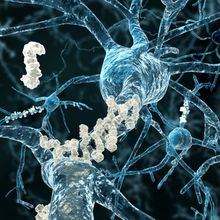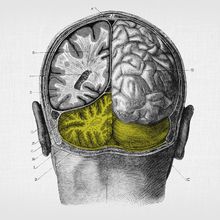Handmade Hemoglobin, 1912-2012
Handmade Hemoglobin, 1912-2012
Makio Murayama, a Japanese-American biochemist who was turned away from the Manhattan Project due to his heritage, rose to prominence for his work uncovering the link between the structure of hemoglobin and the mechanisms of sickle cell disease.



